THE SKILLS TAUGHT BY VOLLEYBALL COACHES AND THEIR RELATION TO LONG-TERM ATHLETE DEVELOPMENT

SIRC is pleased to be working together with Sport Canada to share current research on topics informing policy and promoting quality sport programming. This week we are sharing highlights of a recent article reviewing a research study on THE SKILLS TAUGHT BY VOLLEYBALL COACHES AND THEIR RELATION TO LONG-TERM ATHLETE DEVELOPMENT. Skills trained by coaches…
Plyometrics – Bridging the Gap between Speed and Strength
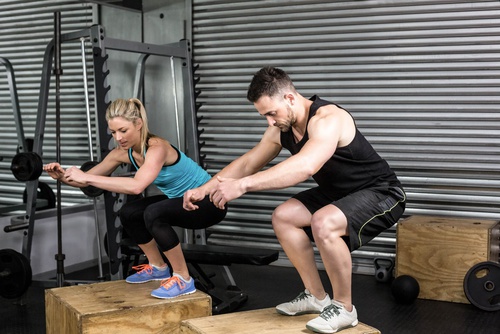
Plyometric training (often termed jump training or plyos) is a combination of sport-specific exercises that combine power, speed, and strength in order to enhance performance. While this type of training can work for any athlete, sports that have a lot of stopping, starting, frequent changes in direction, sprinting, and jumping will tend to see the…
Escaping the In-Between: A Rationale for Training Away from Home
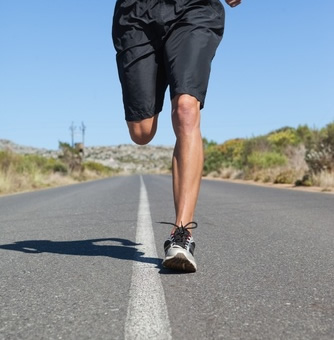
Many Canadian athletes take advantage of travel to other regions and countries to experience training in different climates and/or different physical environments. For many it is an opportunity to train at different conditions and for some to escape the cold, hot, rainy or snowy weather of Canada. We asked Jason Dunkerley, Paralympic runner, to share…
Problem-solving Past a Tough Run

Spring has finally arrived and avid runners are signing up for races, lacing up their shoes, hitting the great outdoors and setting their goals. With the eagerness that comes with sunshine and warmer temperatures, having a workout where nothing seems to go right can sometimes take a bite out of your confidence. There are many…
What I Wish I Knew Then – 5 Lessons Learned from a High Performance Athlete

Sport teaches us innumerable lessons. When I reflect on my own sporting journey, I cringe at some of the mis-steps I took as a younger athlete. This is not to say that today I’m past the point of making mistakes. Some of us are slow learners after all, and even those of us with years…
You Are What You Eat- The Importance of Post-Training Nutrition
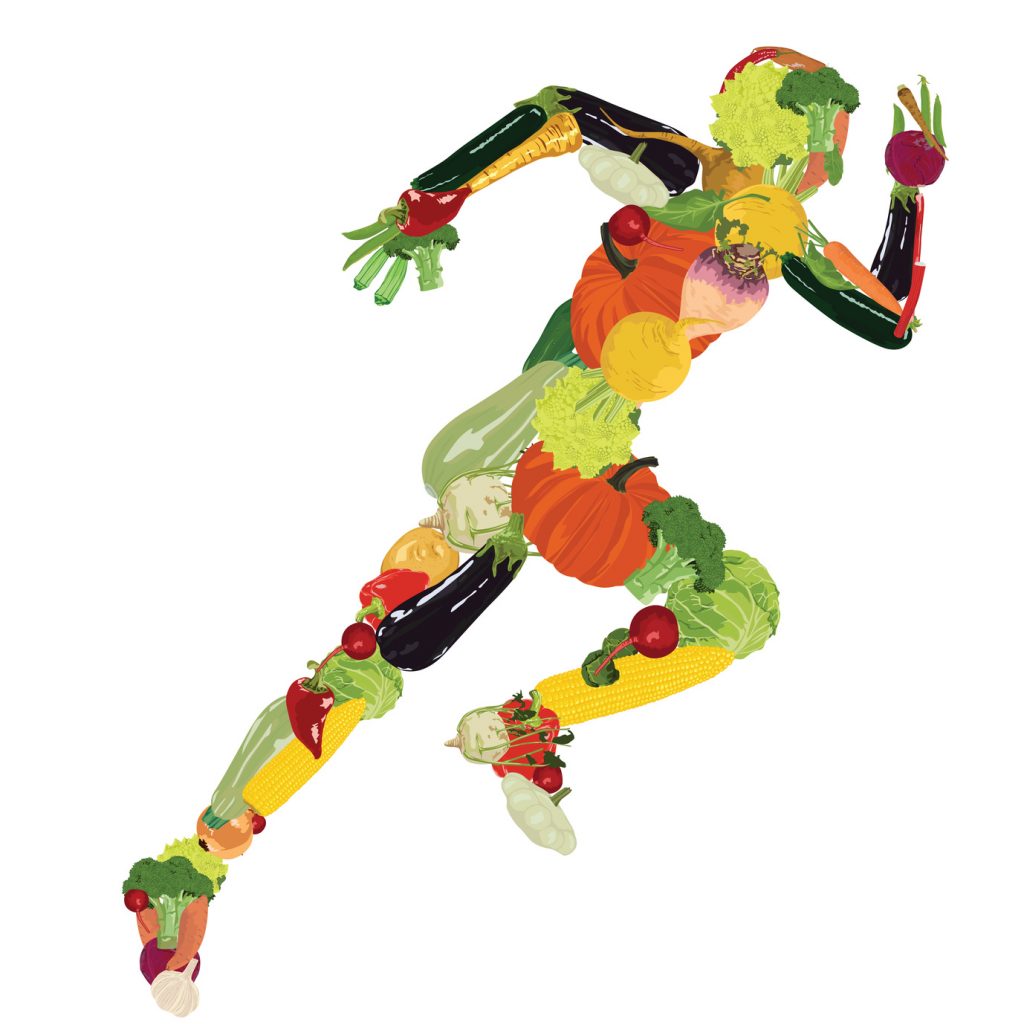
Many athletes focus on the technical and conditioning aspects of their sporting experience, yet nutrition is an equally important part of athletic success. Post-training nutrition is especially critical, as it helps the body recover and recharge. Timing is also important; studies show that food consumed within 30 minutes of exercising will have a significant effect…
Cycling basics for rookies
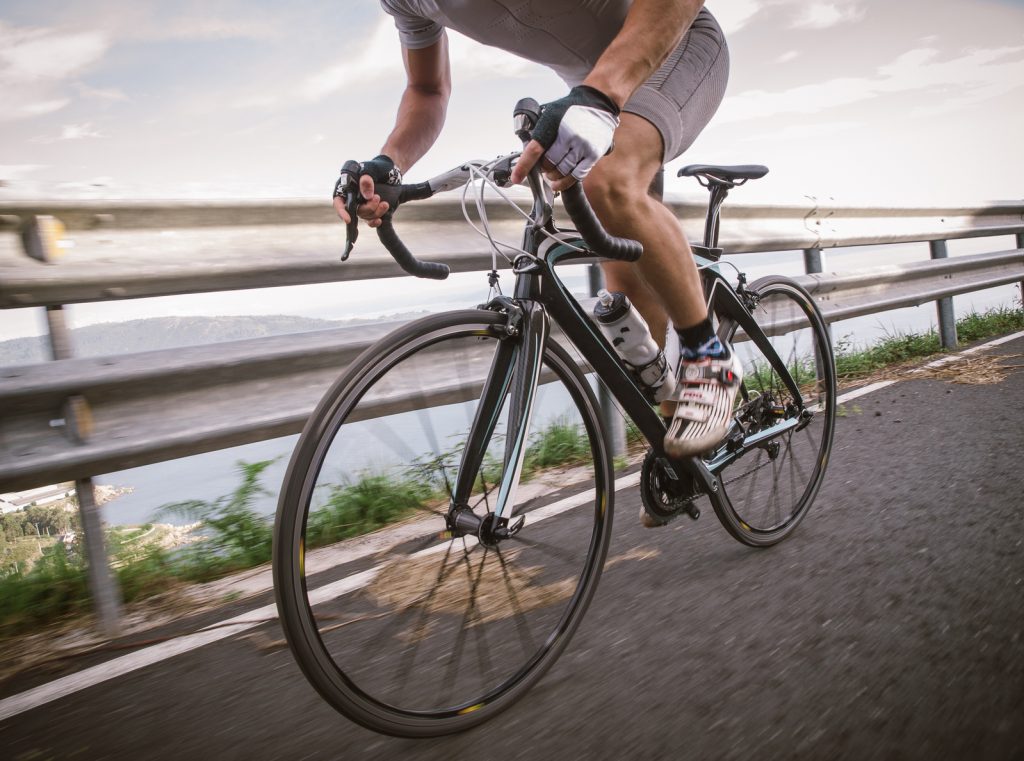
With the Tour de France starting up this weekend, many fans will be tuning in to watch these high performance athletes fight their way to the finish line in this notoriously grueling event. Over the coming month you will be sure to see some great moments of success and resilience as well as some spectacular…
Strength Training Recommendations for Soccer Players
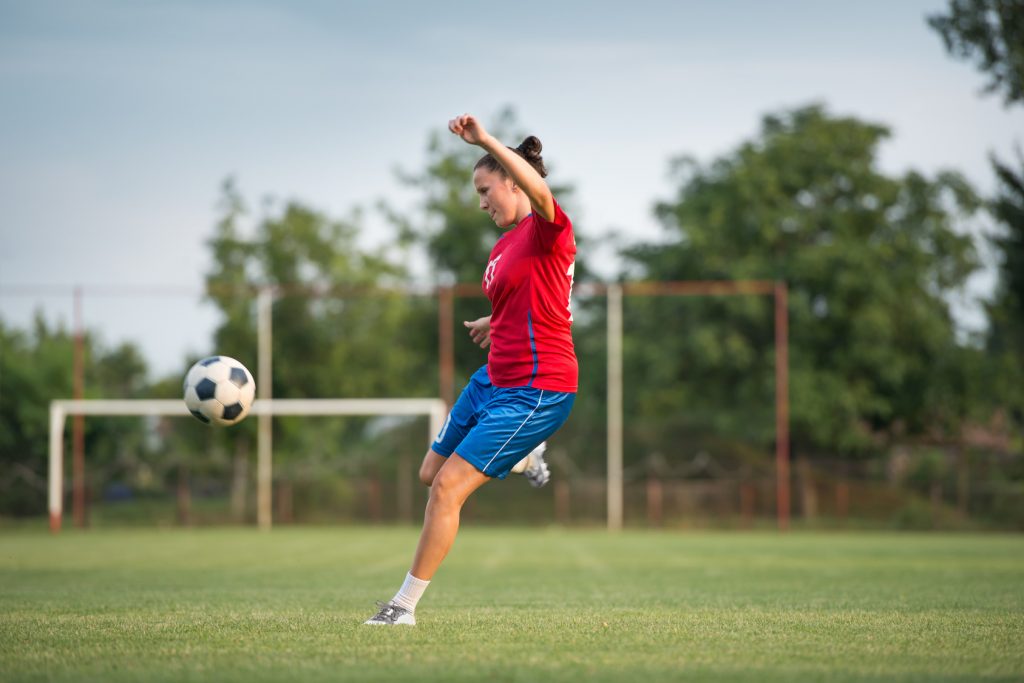
The kickoff for soccer’s FIFA Women’s World Cup starts this week with Canada as a proud host. Six cities will be involved in the tournament: Moncton, Montreal, Ottawa, Edmonton, Vancouver and Winnipeg. Soccer is a high intensity game and the athletes competing are in top physical condition, but they don’t get that way just by…
How do you get out of a Performance Slump?
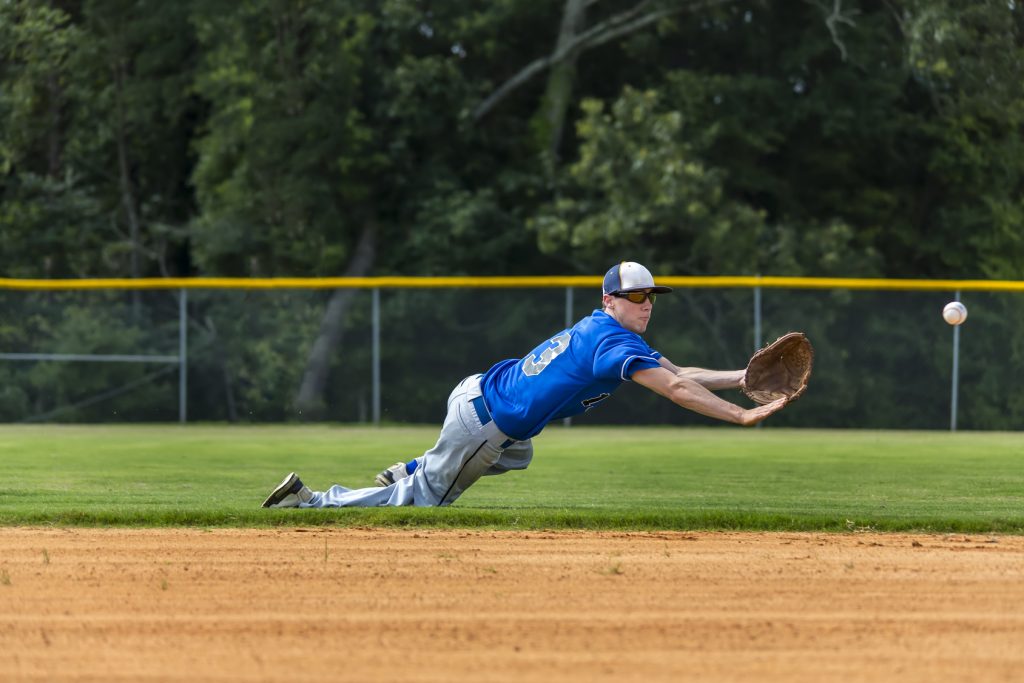
Unexplained performance slumps can be extremely frustrating for athletes and can be caused by any number of reasons, physical or mental. Sport psychologists agree that these declines are just par for the course in competitive sport but that doesn’t make them any less difficult to overcome. What are the causes? If you’ve effectively ruled out…
I’ve signed up for an obstacle race – now what?
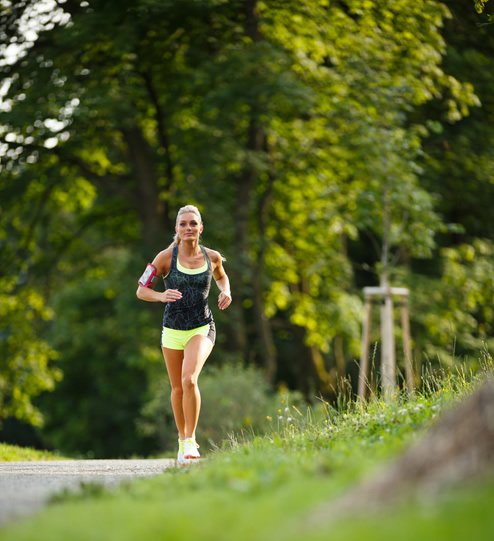
Many people have the impression that obstacle races are for elite athletes, when in fact many races accommodate all fitness levels. These types of races are great if you want to give yourself an extra challenge but have a little bit of fun and fitness mixed in as well. Obviously obstacle races are meant to…